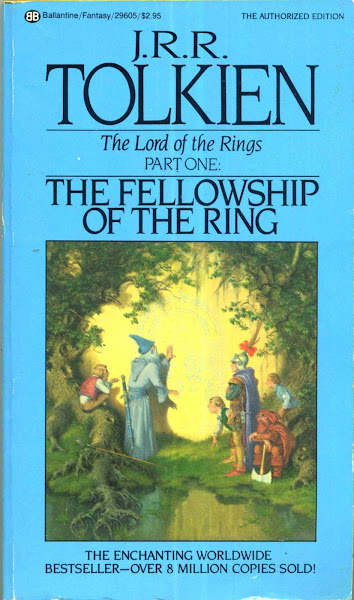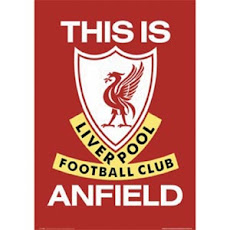This appears in the Monday January 17, 2011 edition of the Business Mirror.
Going rogue
by rick olivares
In the midst of the aborted singing of Fil-Britons James and Phil with Jakarta 1928 Football Club of the “rogue” Indonesia Premier League, I was asked by quite a few people what was wrong with playing for another league when competition can only better the level of play. I thought that their not signing was prudent because of the Federation de International Football de Association (FIFA) statues that disallow playing for a team or league not sanctioned by the local federation, the regional federation, and the international federation. After all, the risk of being disallowed to play for any FIFA-sanctioned tournament afterwards was too huge a risk.
And in the light of that ruling, what chance does a new league have of acquiring a stamp of approval when the reigning Persatuan Sepakbola Seleruh Indonesia (PSSI) views them as a threat?
In the Philippines, the founding of a rival league is welcomed although it’s always at one’s risk because the country simply isn’t large or affluent enough to accommodate several leagues. Our acceptance of competition is perhaps borne out of our adherence to the American sports model where bigger is better. For example the American Basketball Association (ABA) challenged the hegemony of the National Basketball Association (NBA) and the United States Football League (USFL) went into the end zone against the National Football League (NFL) by signing three consecutive Heisman Trophy winners.
Domestically, we saw how the Metropolitan Basketball Association (MBA) challenged the Philippine Basketball Association (PBA) for the hearts and minds of the public as well as corporate sponsorships. In one of many conversations with the late PBA Commissioner Emilio Bernardino, he related to me how the league was forced to play more provincial games to combat the growing popularity of the city and regional based squads of the MBA.
And there was the University Athletic Association of the Philippines’ (UAAP) breakaway from the National Collegiate Athletic Association (NCAA) some 70 years ago that was probably the best thing to happen to college basketball. However, it was only in recent memory where the UAAP became viable commercially as it played second fiddle to the grand old league for the most part.
As it is, competition is both good and bad. For one, a little competition won’t hurt. It forces leagues to improve their quality of play, their services, and their programs. A new league creates jobs and more opportunities. It creates excitement and increases the fan base.
The challenge for these upstart leagues is sustaining their initial momentum. Some fold as in the case of the ABA, USFL, and the MBA, but some – like the UAAP -- stay on and flourish. Others adapt. In the case of the NBA, they absorbed some teams and adopted several ABA innovations such as the three-point basket and the slam dunk contest.
On the downside, breaking away because of disagreements isn’t necessarily the right thing. Two years ago, the Lega Calcio, the governing body of top tier Italian football dissolved after differences between Serie A and Serie B. The issues are purely financial and with the former relinquishing its support for the cash strapped Serie B, the latter’s future is teetering on the brink of uncertainty and collapse. The lack of television deal, a crucial ingredient for any commercial success, means that there’s no adspend revenue coming in.
Conversely, the United States is so populous and is such a huge market that they can support several professional leagues from American football, baseball, basketball, and hockey.
The Americans also have Major League Soccer (MLS) that is making huge strides as a fifth major professional sports league David Beckham aside. But in January of 2010, MLS received a challenge in the form of the reborn North American Soccer League (NASL) that featured teams from the United Soccer Leagues. Unfortunately for them, they were not sanctioned by the United States Soccer Federation (USSF) that put a serious cramp in their launch and operations. The NASL eventually acceded to the USSF’s standards for a Division II level that put an end to a potential Division I challenge to the MLS.
In the Philippines, it’s tougher. The adspend and corporate sponsorships for the longest time has supported only basketball. Boxing and billiards are more on an individual basis. In boxing, it’s Manny Pacquiao and everyone else. As for football, the jury is still out on the recent attention and support the sport is receiving.
As for Indonesia, with its population of over 250 million people, why not? A new league will give a chance for other players to be given a shot at the big time. It will provide a home for other Indonesian players and top notch foreign talent like the Younghusband brothers (as well as other Filipinos) to showcase their talents.
Football and its governing bodies have put in place safeguards to protect the incumbents. The FIFA statutes forbid any player or team from playing with teams, tournaments or leagues that aren’t sanctioned.
Now those rules may be right and they may be just. On the other hand, they may also be wrong as they perpetuate the mediocre, inept and the corrupt. A new league may not possibly survive long. But one will never know, right?
Fair play. It should work both ways.









Actually NASL was created bec. the owners was disgruntled at how the USL was being run so they left and established a league of their own in the 2nd division of US soccer. Typical minor league politics is the bane of US soccer for years.
ReplyDeleteThe USSF tried to force the NASL and USL to reconcile and when that didn't happen decided to run the 2nd division last year inviting both leagues to participate.
The NASL has found a new sponsor this year Traffic Sports that will help finance up to 6 teams so they are getting stronger but the USL with its multitiered setup incl. the semi pro Div 3, amateur PDL and youth teams still exists.
Awaiting further developments.
The MLS owners are deep pocketed and practically all billionaires. The NASL have no chance of competing against them. If it weren't for them soccer in the US would be mired in the same old dead end minor league politics that have set back soccer in the US in the past.